The Old Dispensary (known as the Stone Town Cultural Centre) is a grand four story building with a set of decorative balconies. It served as a dispensary during colonial times but fell into disrepair in the 1970s and 1980s. It is one of the Stone Town buildings that has been successfully restored, in this case with funding from the Aga Khan Trust for Culture. It can be found on Zanzibar's seafront on Mizingani road.
Zanzibar
The Zanzibar archipelago are unique coral islands lying in the Indian Ocean a short distance from Tanzania and consists of the islands of Unguja and Pemba, along with a number of small islets. The name is thought to have Persian or Arabic origins.
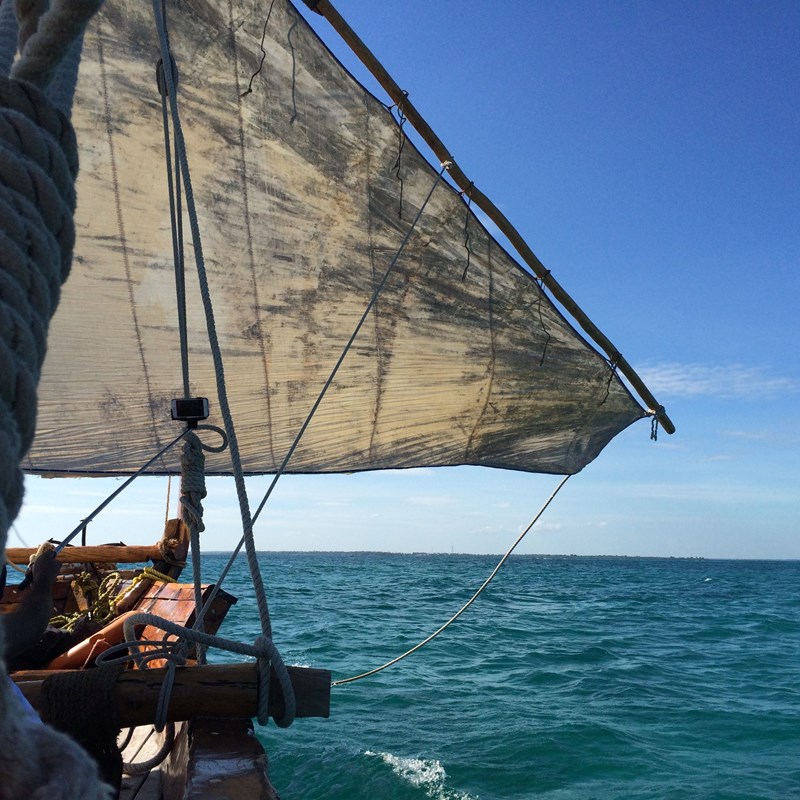
History
Following Vasco de Gama’s visit in 1499, Zanzibar was ruled by the Portuguese and remained this way for almost two centuries. Zanzibar then became part of the overseas holdings of Oman and was ruled by the Sultan of Oman. It soon became the main slave market of the east African Coast where ivory trades thrived, and there was an expanding plantation economy centered on cloves.
The islands gained independence from Britain in December 1963 as a constitutional monarchy. A month later, the bloody Zanzibar Revolution led to the Republic of Zanzibar and Pemba. In April 1964, the Republic merged with the mainland Tanganyika to form Tanzania.
Today Zanzibar has its own Government and President with semi-autonomy. The elements of Persian, Arabic, Indian and European culture are most visible in the capital, Stone Town, which was recently declared a World Heritage site by Unesco. The capital is the proud home of the Freddie Mercury Museum, as he was born in Stone Town.
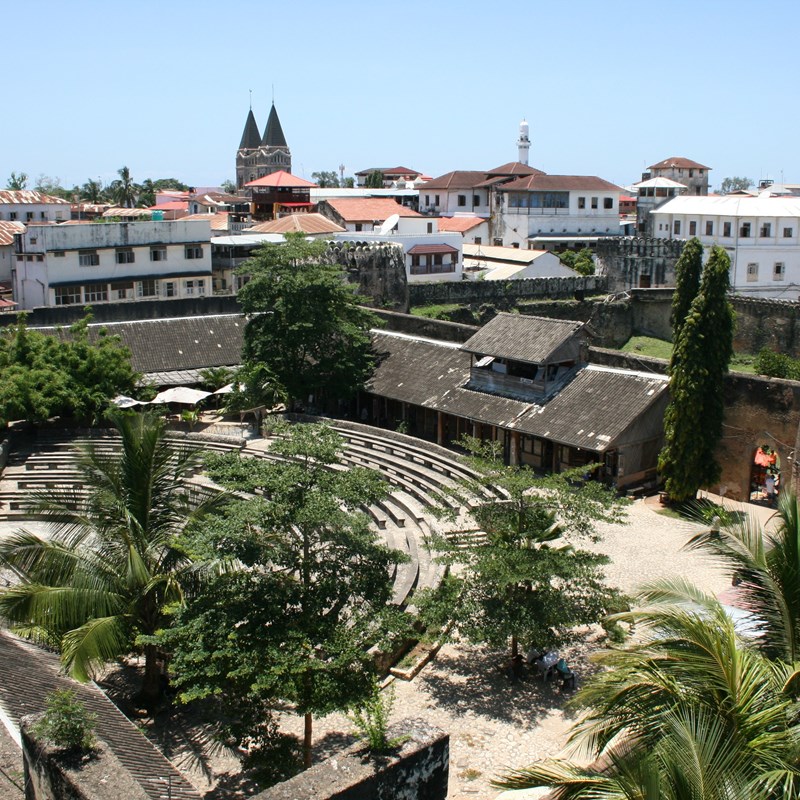
Stone Town
Zanzibar Town is located midway along the West Coast of the Island. The old part of the town, known as Stone Town, is composed of a network of shady, winding narrow alleys between old stone buildings with ornately decorated entrances and balconies. Numerous, tiny shops here sell everything under the sun. Along the seafront are located several luxury/middle class hotels, the old Sultan Palace (House of Wonders), the Old Fort, Forodhani Gardens, restaurants and the docks.
You can spend many hours and days just wandering through the fascinating labyrinth of narrow streets and alleyways. In the historic quarter, where you can wander for hours through a maze of narrow streets, you can easily lose yourself in centuries of history.
Places to Visit in Stone Town
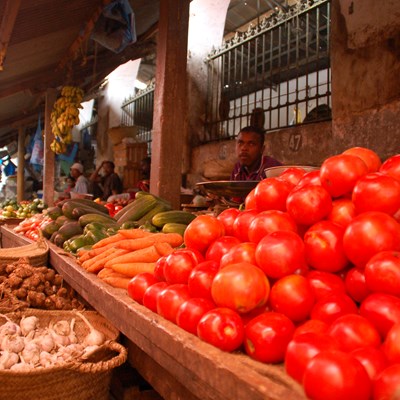
The market
The market is a great place to visit, even if you don't want to buy anything. It is a vibrant place where everything under the sun is bought and sold. People bring their products here from all over the island, and other people come to buy things they can't get in their own villages. Of special interest is the huge selection of brightly coloured khangas (worn by the local women) and the auctions that are held regularly.

The Arab Fort
The Arab Fort is situated next to the House of Wonders and was built between 1698 and 1701 by the Busaidi group of Omani Arabs. It is a large building with high, dark brown walls topped by castellated battlements. The fort is open to visitors and now contains various shops and an open air theatre.

The House of Wonders
The House of Wonders is a very large square-shaped building, with several stories, surrounded by tiers of pillars and balconies, and topped by a large clock tower. It was built in 1883 as a ceremonial palace for Sultan Barghash and was the first in Zanzibar to have electric light and an electric elevator. Not surprisingly, when it was built, the local people called it Beit el Ajaib, meaning the House of Wonders. Today, it is still one of the largest buildings in Zanzibar, and there are plans to open it as the National Museum.

The Peace Memorial Museum
The Peace Memorial Museum is an interesting look at Zanzibar's history. It has sections on archaeology, early trade, slavery, palaces, mosques, sultans, explorers (includes Dr Livingstone's medical chest), missionaries, colonial administrators, traditional crafts and household items, stamps, coins, fishing, and clove cultivation.
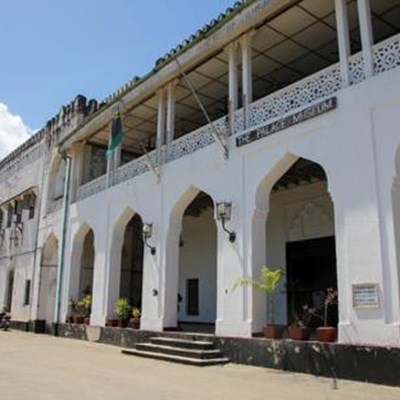
The Palace Museum
The Palace Museum is a large white building with castellated battlements, and was built in the late 1890's for members of the Sultan's family. Originally called the Sultan's Palace, in 1911 it became the official residence of the Sultan of Zanzibar, but following the revolution in 1964, it was renamed the Peoples' Palace. In 1994, the palace was turned into a museum dedicated to the history of Zanzibar's Sultans which necessitated a third change of name to the Palace Museum. For the first time, visitors can see much of the Sultans' furniture and other possessions that survived the revolution.
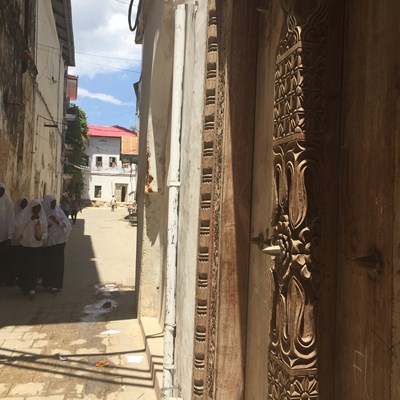
Wander around
Besides these buildings is is very nice to wander around in the narrow streets of Stone Town. You will surely get lost, but the good thing is that you will always find your way back again!
